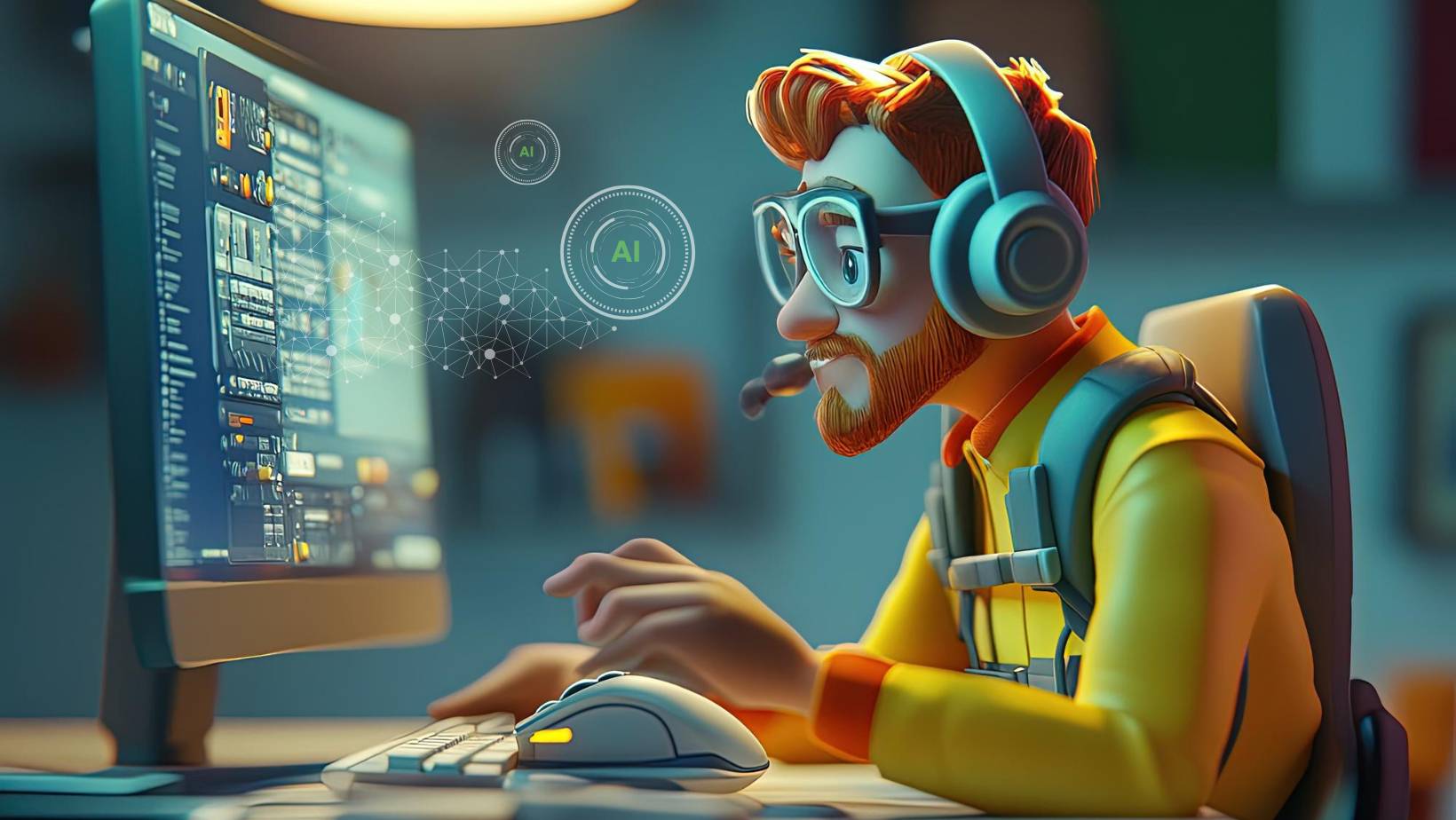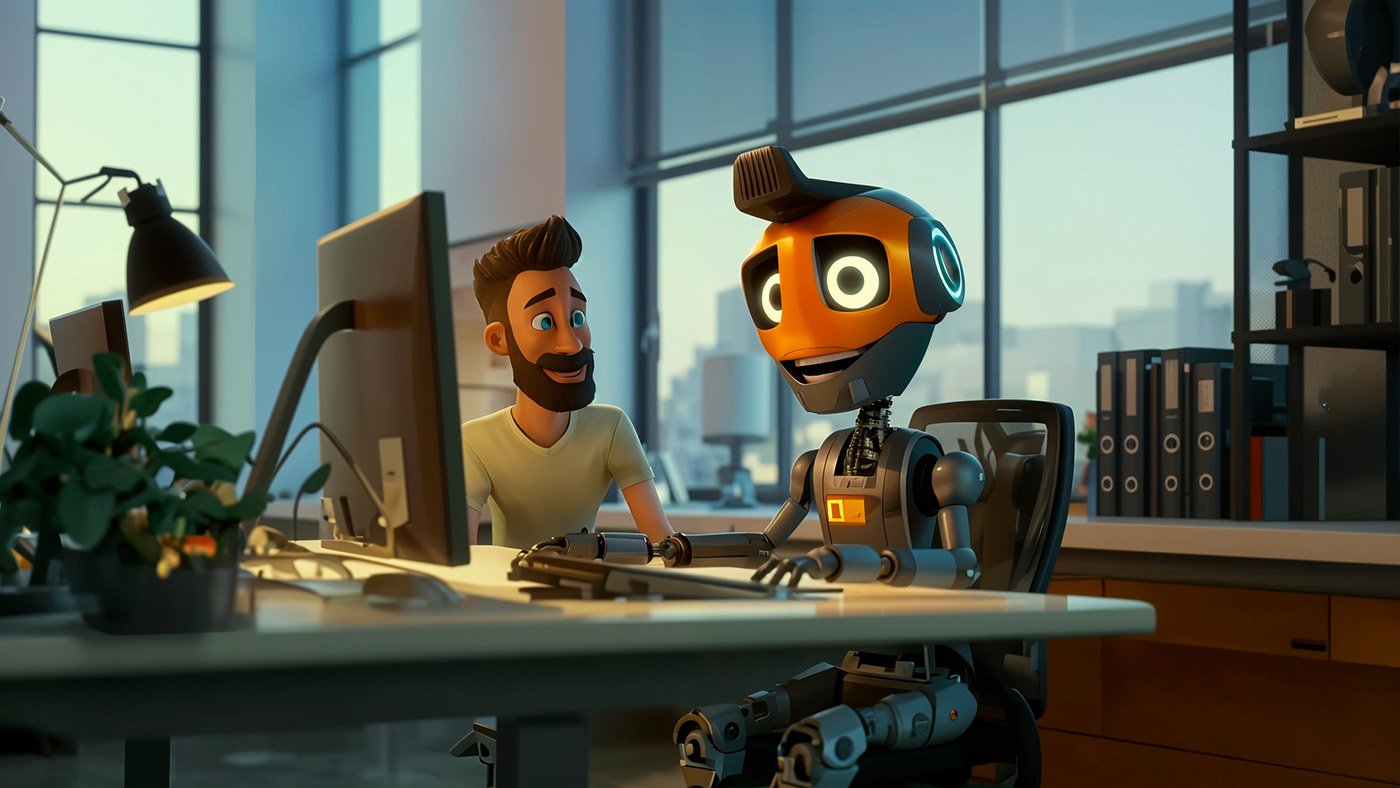Web Design and AI: Why Human Insight is Still Your Best Strategy

When friends of mine visited Madrid with only two days to explore, they wanted to see everything the city had to offer.
Having spent a considerable amount of time in Madrid, I developed a plan that included the major sights, such as the Gran Vía, the Royal Palace, Retiro Park, and Plaza de España.
I also wove in hidden corners of the city that most tourists never discover.
We walked Cava Baja street for tapas and vermouth in bars that have stood for centuries. Mornings started in small cafés around Malasaña and La Latina, where the prices and atmosphere reflected local life instead of tourist crowds.
We even stopped at Bar La Campana, a spot beloved by locals for its fried calamari sandwiches.
By mixing in plazas, viewpoints, and neighborhood gems alongside the headline attractions, my friends left with a deeper, more authentic picture of Madrid.

Image By: David Franz
No search result or chatbot could have created this kind of experience.
What made the trip meaningful was guidance from someone who knew the city, not just where to go but how to connect with it.
Web design works the same way.
AI can generate layouts in seconds, but only a human designer can shape those layouts into a website that reflects a brand’s identity, anticipates user needs, and builds genuine trust.
The strongest results happen when AI provides the speed and humans bring the strategy, creativity, and judgment to guide it.
The Balance of AI and Human Insight in Web Design
AI can quickly generate starter layouts, automate testing, and suggest color palettes. However, speed alone is not a strategy.
A strong website needs more than efficiency. It needs intention. That is where human designers come in.
People bring context: they understand a brand’s story, the emotions it should evoke, and the long-term goals behind every design choice. They know when to follow best practices and when to bend them to create something memorable.
Human designers also bring empathy. They can anticipate how someone will experience a site on different devices, at different times, and in different states of mind. This awareness does not come from an algorithm. It comes from lived experience, pattern recognition, and creative judgment.
The real advantage comes when both work together. Let AI handle repetitive tasks such as generating a starter template or resizing images. Human insight must guide the decisions that build trust, credibility, and connection.
6 Reasons Why Human-Centered Web Design Still Matters
AI has earned its place in the design process.
AI can generate layouts, speed up testing, and save time on technical details. But the qualities that make a website stand out still come from people.
Clarity, creativity, and connection are human strengths. Here are six reasons why human insight continues to play the leading role in web design.
1. Brand Consistency and Emotional Connection
AI can recognize patterns, but it cannot understand what makes a brand unique.
A brand is more than logos and colors. It carries values, personality, and a story that connects with people on an emotional level.
Human designers know how to translate those elements into a consistent experience across a website. We utilize brand messaging to make sure every page supports the larger narrative of who the business is and why it matters. That story guides choices about typography, spacing, imagery, and interaction, so the brand feels intentional and alive.
Consistency builds trust.
When visitors see familiar design elements tied back to a clear story, they feel confident in the brand. Emotional connection is what turns that confidence into loyalty, and that is something AI cannot replicate.
2. Web Design Beyond Cookie-Cutter Templates
By now, most people can spot AI-generated copy. It often leans on the same tired words and phrases, which makes the writing feel flat and predictable. AI-driven web design can fall into the same trap.
AI tools are good at producing layouts, but many end up looking alike. They rely on what has worked before, which often leads to websites that feel generic and interchangeable.
Some common tells include:
- Overuse of default grid systems that make every site feel the same
- Generic color palettes that ignore brand psychology
- Stock-style imagery that lacks personality
- Inconsistent spacing or proportions that disrupt visual flow
- Predictable header and hero layouts repeated across different sites
Human designers bring originality. They know how to adapt design principles to the specific needs of a business instead of forcing every site into the same mold. They also recognize when to bend or break design rules to create something that feels distinctive and unique.
A website should not just work. It should stand out. Templates may save time, but only a custom design ensures that a site reflects the individuality of the brand and captures the attention of its audience.
3. Solve Real-World Frontend Challenges
Web design is rarely as neat as an AI layout suggests. Real projects come with quirks such as:
- Different screen sizes and device breakpoints
- Browser compatibility issues
- Accessibility requirements like alt text and contrast ratios
- The need for pixel-perfect alignment across layouts
AI can generate starter code, but it struggles with the nuance of troubleshooting. It does not anticipate that a button might render differently in Safari than in Chrome, or that a design element might break on smaller devices.
Human developers know how to spot and fix those issues. They test across platforms, anticipate user frustrations, and refine the details that make a site work smoothly in the real world.
A design that looks polished in theory only succeeds when it performs consistently in practice. That is the kind of complexity where human skill makes the difference.
4. Anticipate and Design for User Behavior
AI can predict patterns based on data, but it cannot anticipate the nuances of human behavior.
Designing for users requires empathy and foresight. It is not only about predicting clicks but also about understanding motivations, frustrations, and expectations.
Human designers consider the details that AI overlooks. They ask questions like:
- What does a first-time visitor need to see right away to trust this brand?
- How should the navigation adapt for someone browsing on a small phone screen with one hand?
- What will make the checkout process feel simple instead of overwhelming?
These considerations shape a site that feels natural to use. Designers also incorporate flexibility to allow the experience to mature with user needs over time.
This kind of foresight keeps a site from feeling mechanical. A human-led process ensures that visitors not only move through pages but also feel guided, understood, and supported at every step.
5. Creativity, Strategy, and Quality Control
Strong web design does not start with output. It starts with purpose.
Every layout, color choice, and interaction should connect back to business goals and user needs. That requires creativity, strategy, and an eye for detail.
Both AI and humans can play a role in quality control.
AI is effective at flagging technical issues such as color contrast, responsiveness, or missing metadata. Human designers complement that by reviewing the design through the lens of brand, usability, and emotional impact. Together, they create a level of quality that neither could achieve alone.

Human designers also bring vision to a project.
Web Designers know how to craft solutions that are not only functional but also memorable and effective. Their decisions are guided by a clear understanding of the brand story and the audience it serves.
When creativity, strategy, and quality control come together, the result is more than a working website. It is a platform that communicates trust, value, and purpose.
6. View AI as an Assistant to Web Design, Not a Replacement
The real opportunity is not in choosing between humans and AI but in combining their strengths.
AI can speed up design tasks that used to take hours, such as:
- Generating wireframes
- Suggesting layouts
- Checking for accessibility issues
- Resizing or optimizing images
These efficiencies give designers more room to focus on the strategic and creative work that defines a brand.
What AI cannot do is lead with vision. It cannot sit with a client to understand their goals or translate a company’s story into design choices that inspire confidence. That responsibility belongs to human designers.
When AI and people work side by side, the process becomes both faster and more thoughtful.
Clients benefit from quicker iterations without sacrificing the depth and originality that only human judgment can provide. This assistant-first approach to AI ensures that efficiency never comes at the expense of authenticity.
The Future of Web Design and AI Is Human-Centered
AI will continue to grow in its role in the creative process, but the most successful websites will remain the work of human designers.
The advantage does not come from choosing one over the other. It comes from knowing how to combine efficiency with empathy, automation with originality, and data with lived experience.
Just as my friends left Madrid with a richer and more memorable experience because they had a guide, the same is true for web design.
A website shaped by human insight offers more than a polished layout. It creates an experience that feels authentic, reflects the brand’s story, and leaves visitors with a lasting impression.
If you are ready to create a site that combines the best of web design and AI with the human touch your brand deserves, contact us today.